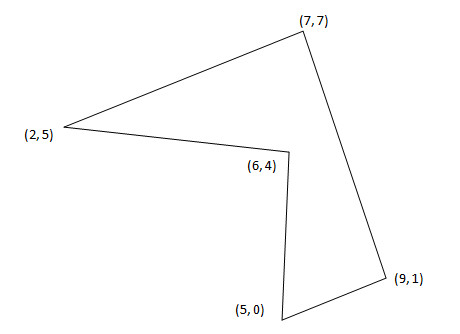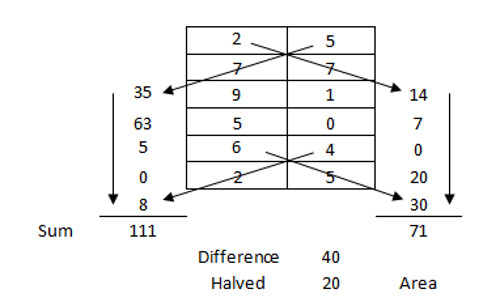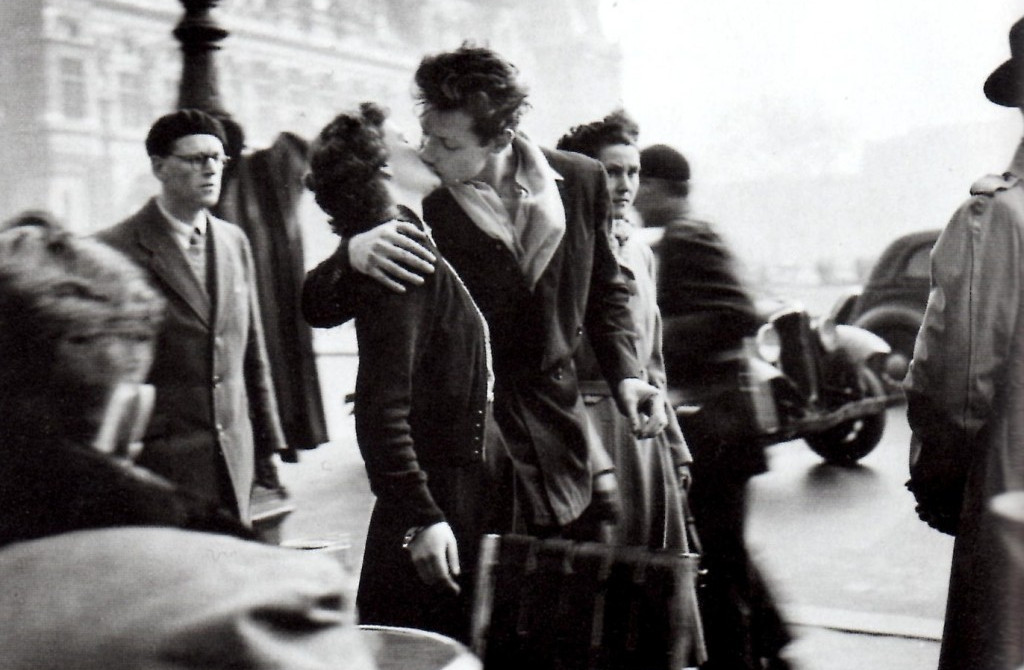The quicksort computer sorting algorithm demonstrated with Hungarian folk dance, from Romania’s Sapientia University.
Also:
The four queens puzzle solved using ballet.
Binary search through flamenco dance.
Merge sort via Transylvanian-Saxon folk dance.
Selection sort using Gypsy folk dance.
(Via MetaFilter.)
01/19/2019 UPDATE: When Gavin Taylor showed these algorithms to his students at the United States Naval Academy, they asked whether they themselves could dance for extra credit. He said yes. So here are the U.S. Naval Academy midshipmen dancing the InsertionSort algorithm:
(Thanks, Gavin.)




